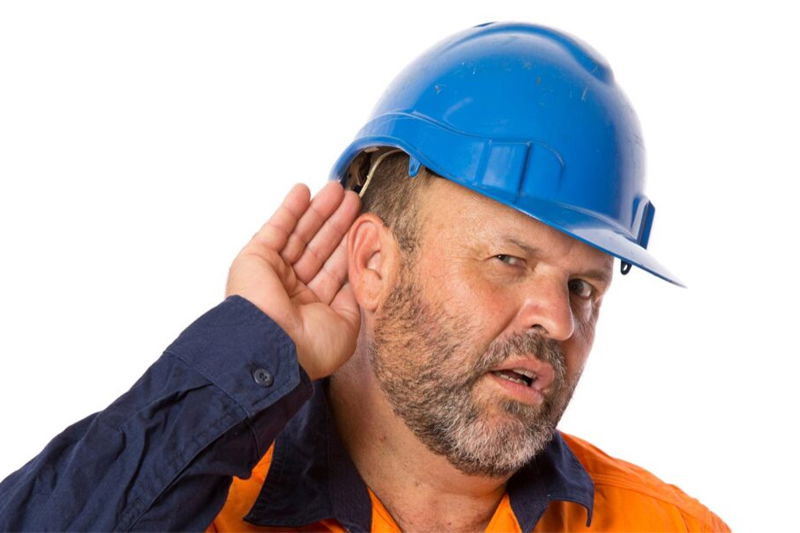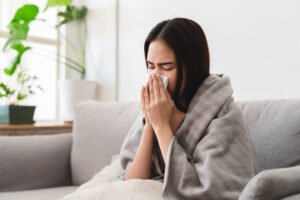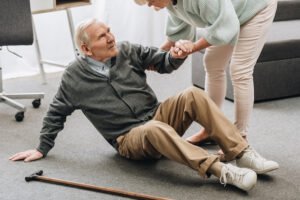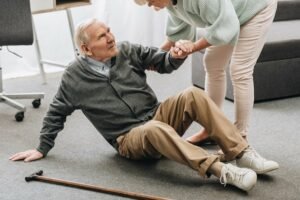Noise induced hearing loss (NIHL) happens when sounds are too loud, even for a short time, or when they are both loud and long-lasting. Even a small amount of hearing loss can have profound, negative effects on speech, language comprehension, communication, classroom learning, and social development. While there is no cure for permanent hearing loss, one of the most important things you can do to protect your hearing is avoiding your exposure to noise. If you have already damaged your hearing, this can prevent your hearing loss from getting worse.
Symptoms of Noise Induced Hearing Loss
The first sign that you may have hearing loss due to noise is no longer being able to hear high-pitched sounds. If hearing loss further declines, it may become harder to hear lower-pitched sounds. Hearing loss is rarely painful but symptoms may include pressure in the ears, ringing in the ears, or muffled sounds. Depending on the exposure to the loud noise, these symptoms may continue or go away within minutes or hours.
Even if you do not experience symptoms, some of the cells in the inner ear may have been destroyed by the loud noise. Hearing may return to normal if enough healthy cells are left in your inner ear. You will develop lasting hearing loss if the loud noise exposure is repeated and more cells are destroyed.
Who is Affected by Noise Induced Hearing Loss?
Hearing loss from harmful noises can happen to anyone at any age including children, teenagers and adults. Based on a CDC Study in 2012, at least 10 million (could be up to 40 million) adults in the United States under the age of 70 have features of their hearing test that suggest hearing loss in one or both ears due to exposure to loud noise. Some researchers believe that about 17% of teenagers in the country also experience some level of hearing loss.
How Loud are Everyday Sounds?
- 10 dB: Normal breathing
- 20 dB: Whispering from five feet away
- 30 dB: Whispering nearby
- 40 dB: Quiet library sounds
- 50 dB: Refrigerator humming
- 60 dB: Electric toothbrush
- 70 dB: Washing machine
- 80 dB: Alarm clock
- 90 dB: Subway train
- 100 dB: Factory machinery
- 110 dB: Car horn
- 120 dB: Ambulance siren
How to Prevent NIHL
Noise induced hearing loss is the only type of hearing loss that is preventable. Hearing loss can result from damage to structures and/or nerve fibers in the inner ear that respond to sound. This type of hearing loss cannot be medically or surgically corrected. You can protect your hearing by:
- Understanding which noises cause damage to your hearing
- Adopting behaviors to protect your hearing:
- Avoid or limit exposure to excessively loud sounds
- Turn down the volume of music systems
- Move away from loud sounds when possible
- Wear ear plugs or protective devices when participating in a loud activity
- Being aware of hazardous noises around you
- Protecting the ears of children, especially those too young to protect themselves
- Having your hearing tested
How to Diagnose Noise Induced Hearing Loss
Sierra Nevada Hearing Aid Center can help you determine if you have hearing loss after meeting with our audiologists (hearing specialists) for a thorough hearing test. This test will determine what degree of hearing loss you have and will identify for which frequencies (sound pitches: high sounds and low sounds) you have a hearing loss.
While there is no cure for permanent hearing loss, there is equipment that can help you hear better. Our team can help you discover more about hearing aids and if they’re right for you.
Book a Consultation
To book a hearing aid consultation or to see if our team can help you find the best way to improve your hearing while wearing a face mask, please give us a call to schedule an appointment at one of our three locations.




